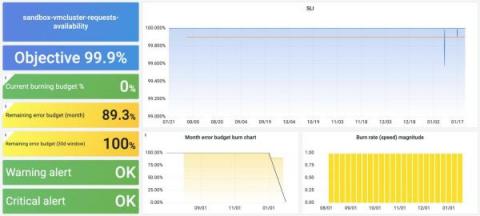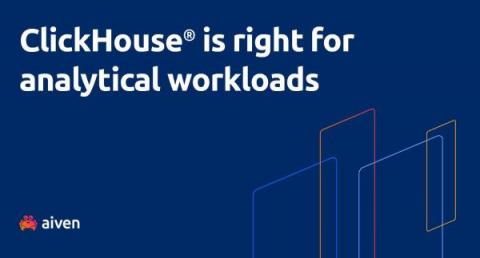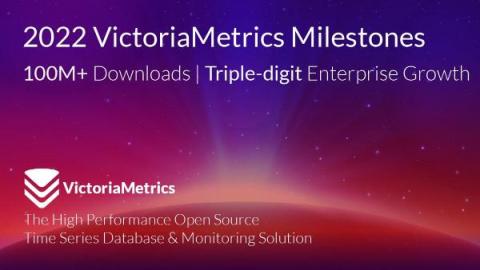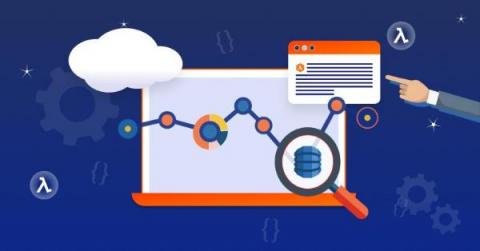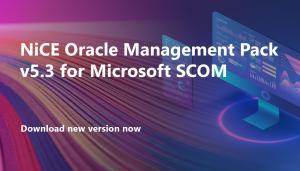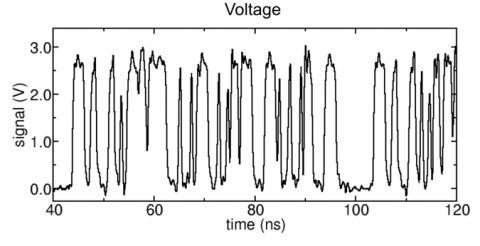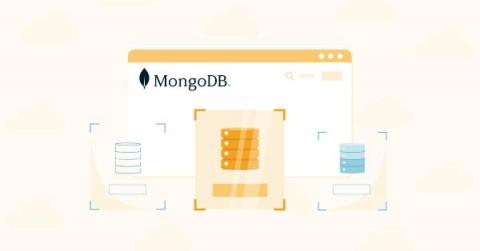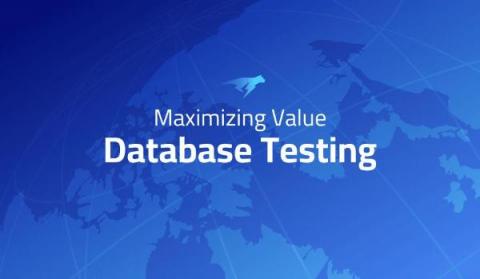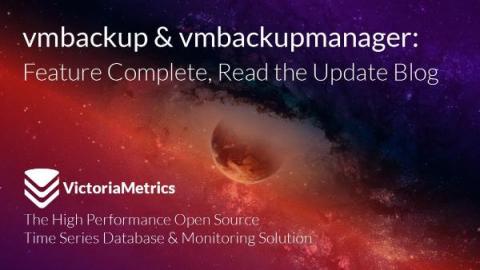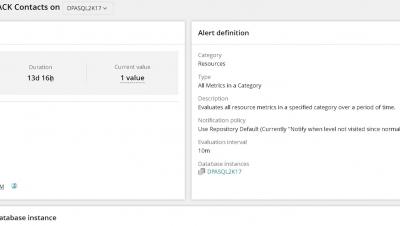Rules backfilling via vmalert
Recording rules is a clever concept introduced by Prometheus for storing results of query expressions in a form of a new time series. It is similar to materialized view and helps to speed up queries by using data pre-computed in advance instead of doing all the hard work on query time. Like materialized views, recording rules are extremely useful when user knows exactly what needs to be pre-computed. For example, a complex panel on Grafana dashboard or SLO objective.


